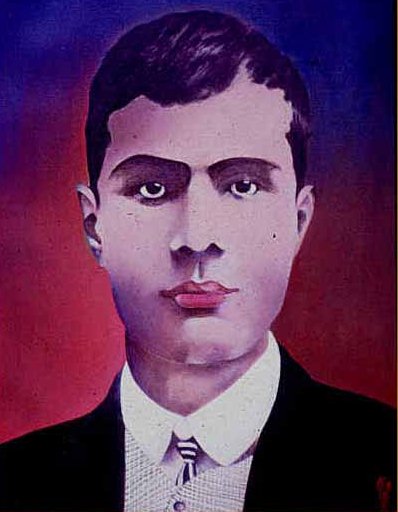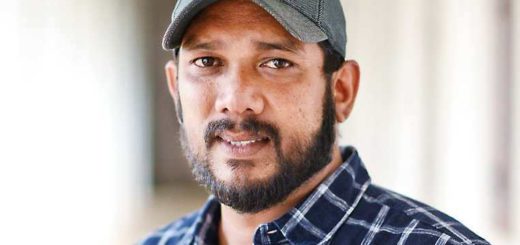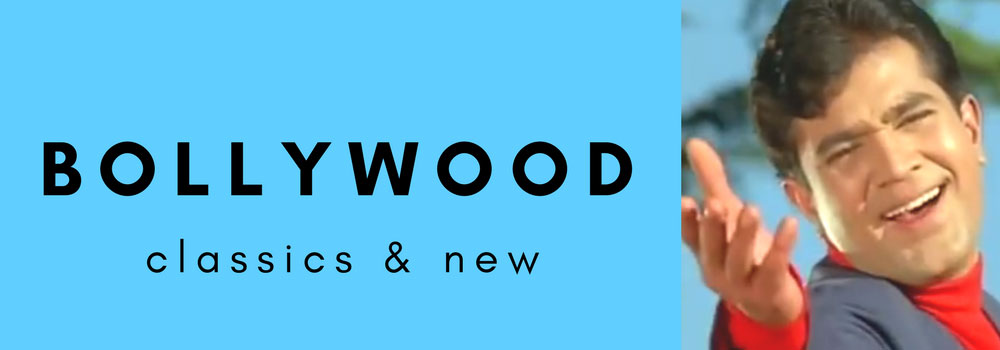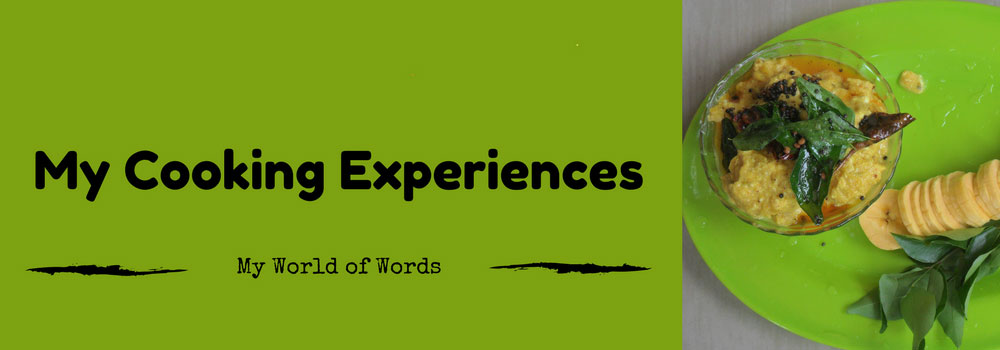Swadeshabhimani Ramakrishna Pillai – The most prominent Malayali journalist in the pre-independent era
Now hot debates are going on about freedom of press and intolerance. World Press Freedom Day is also celebrated every year in grand. But we need to agree, time has changed a lot and days have gone when media used to run without monetary benefits. Days have gone when truths were given significance regardless of a particular group of people or organization. Many people use media for wrong reasons by circulating wrong news, misinterpreting real facts, and supporting a particular person, political party or organization and media also gives importance to ‘hot news’ to increase TRP ratings or newspaper circulation. Where has the standard of our media gone?
While going through present scenario, sadly we need to remember the great battle fought by Swadeshabhimani Ramakrishna Pillai using the power of his pen, and the great sacrifice he gave when he revolted against Diwan of Travancore in the pre-independent era when things were not like that, similar to the democratic freedom we enjoy today. For those who see media as a great medium of freedom of expression and strength of common man, Ramakrishna Pillai is a true inspiration. When freedom of press was denied during king’s rule, Ramakrishna Pillai became its first victim and martyr too. He was a strong advocate of freedom of thought and expression. It’s a humble tribute to one of the most celebrated journalist and editor of Malayalam press, and Malayali’s pride who can be tagged as a prominent leader of Kerala’s renaissance.

Brief note on Ramakrishna Pillai’s early days
He was born on May 25, 1878 in Neyyattinkara of present day Thiruvananthapuram district. Athiyanoor near Arangamugal is his native place. He was born into Mullapally family as the son of Mullapalli Veettil Chakkiamma and Narasimhan Potti, a temple-priest. Since childhood days, he was keen towards reading and slowly developed free thinking, courage and quest to learn new things. He completed his college studies in Thiruvananthapuram city, and during this period he interacted with great personalities like Ulloor S. Parameswarayyar, Oduvil Kunjikrishna Menon, Kerala Varma Valiya Koil Thampuran, A. R. Rajaraja Varma etc. Slowly many of his writings got published in leading newspapers then.
His journey as a journalist
At the age of 21, he joined as the editor of Kerala Darpanam. When he worked as editor of the dailies like Vanchi Bhoopanchika and Kerala Darpanam, it made his uncle Kesava Pillai angry. A challenging job then, his uncle tried with every way he could, to stop Ramakrishnan from doing journalism. Ramakrishnan was not willing to put a full stop to his profession as a journalist and writer though asked by his uncle, inviting his wrath and he was extruded from his family. In 1901 he became the editor of Kerala Panchika, and wrote about the duty of press in its first edition itself. He believed that media is obliged to shape common man’s opinions, and give it much importance, and work for the benefit of common man.
Through his principle of freedom of expression, he reported corruption and partiality that existed in the higher ruling class, which irked many. Marthandan Thampi, the owner of Kerala Panchika also had a different opinion and didn’t support Ramakrishna Pillai’s ideologies. So he left Kerala Panchika. He didn’t want to serve state government; so didn’t try for government job. He served as the editor of Malayali daily, through which he continued his mission to bring out the corruption, existed in government rule then. But again he faced the same issue and its owner Unnithan asked him to change his principles and stop the criticisms against government. As he was not willing to change his principles, he left Malayali daily very soon. Then he published a magazine named Keralan. Within a short time, he has been associated with 9 dailies – Kerala Darpanam, Malayali, Keraliyan, Kerala Patrika, Upaadhyayan magazine etc to mention a few. His challenging attitude and stand for freedom of expression have several times give tensions to its owners. As he was not willing to give up his attitude, it worsened his relationship with them, and was forced to leave that daily very soon.
His association with Swadeshabhimani daily
A scholar, Abdul Khadar Maulavi (Vakkam Maulavi) started Swadeshabhimani press in 1905. He gave the editorship to Ramakrishna Pillai, giving him the full freedom and responsibility to run it. Since 1906, he served as the proprietor and editor of Swadeshabhimani. It was his association with this daily which changed his life forever. As Maulavi was a social reformer with progressive thinking, he never interfered in the works of Ramakrishna Pillai. Pillai later started Vidyardhi magazine for students and Sharada magazine for ladies. B. Kalyani Amma served as the editor of women’s magazine, whom he married later. Ramakrishna Pillai was a widower then, who lost his first wife in 1904.
In 1907 P. Rajagopalachari served as the Diwan of Travancore. Swadeshabhimani daily criticized the wrong policies made by Diwan, and Ramakrishna Pillai wrote fearless about corruption and injustice, and also extravagance of the rulers using the money from state treasury. He continued writing columns and series criticizing the upper sector, mostly targeting Diwan. It brought the wrath of Maharaja Moolam Thirunal and other higher officials too, and received several threats as well. Thus he was forced to shift his printing press from Anjuthengu to Neyyatinkara, his hometown. Though he was anonymously chosen as the representative of Neyyattinkara taluk to Sree Moolam Prajasabha, through treachery he was excluded.
P. Rajagopalachari was the centre of attacks of the newspaper, and it also accused the Dewan of immorality and corruption, which worsened the situation. He didn’t even spare Shankaran Thampi, the manager of the court and was criticized for corruption and partiality. In 1909 April 14, he wrote a speech in Swadeshamani Newspaper titled, “Shankaran Thampiye Naadu Kadatharutho?”, which literally means ‘Shouldn’t Shankaran Thampi be exiled?’. But this speech backfired him, and prompted the officials to fire Swadeshamani Ramakrishnan instead.
They influenced the king and the decision was made to exile the editor from the kingdom. Though many of his friends and well-wishers requested him to seek pardon from Maharaja and Diwan, Ramakrishna Pillai was not willing to do so. On 26 September 1910, Swadeshabhimani newspaper and the printing press was raided at around 1 pm. The process continued till late night. The printing press and newspaper were sealed and confiscated by government with the help of British Police. His home was also sealed and Pillai was arrested at 11 pm in a Jadka vehicle and taken to police station. When the group reached Neyyattinkara, the journey was continued in a bullock cart.
He received strong support from common people who accompanied them to police station. They feared that police will attack Pillai. But seeing police’s polite behaviour, they returned. The same night, he was banished from Travancore to Tirunelveli in Madras Province of British India. They reached Aruvamozhi, the boundary of Travancore Kingdom next day at 2 am late night. After the tunnel, it was Tamil Nadu, which was Madras Province, then under the governance of British. The police escorted him till Thirunelveli, and he reached Tirunelveli next day morning. Strong protests from Travancore and Malabar followed, and also many nationalists and Indian newspapers reacted to these unhappy events which challenged the freedom of press. The government also witnessed heavy criticism for arrest without a warrant and exile without any trial.
Swadeshabhimani’s life after exile
Though the owner of the press Vakkam Maulavi lost everything, this free thinker admired Ramakrishna Pillai for his deeds. But he was in deep sorrows for the punishments received by Ramakrishna Pillai, though he stood with truth and justice only. After exile, his wife Kalyani Amma also joined him soon, leaving behind her job. Ramakrishna Pillai stayed in Chennai for a while, with his family and later at Palakkad. Though he received editorship posts from many dailies of Kochi and Malabar presidencies, he denied all. When his wife got a job at Kannur in 1915, the family shifted there.
How Swadeshabhimani tag got added to his name?
Malayalis of Malayalis bestowed him the title ‘Swadeshabhimani’. The event was conducted in a grand fashion in Palakkad on September 28, 1912. Since then he came to be known as Swadeshabhimani Ramakrishna Pillai. Since he was exiled from Travancore, he and his family travelled many places and reached Kannur in 1915. Restless life made him a patient. Yet he continued with his readings and writings. Though his wife advised him several times, he dreamt to die while writing. On March 28, 1916 he died in Kannur aged only 38. He has been suffering from tuberculosis for a while. He was laid to rest at Payyambalam beach of Kannur.
Though he was forced to leave his mission as a journalist in the middle, his name is always taken alongside great social reformers who played a magnificent role in Kerala Renaissance. He contributed around 29 works belonging to the genres – stories, speeches, novels, biopics, journalism, criticism works etc. In 1912, he wrote the biography of Karl Marx, the first among Indian writers. He also wrote a biopic on Mahatma Gandhi, the first book to be published in Malayalam. Some of his noted works include – Vrithantha Pathra Pravarthanam (first work in Malayalam written on jourmalism), Bharya Darmam, Bala Bodini, Krishi Shastram, Socrates, Anga Ganitham, Karl Marx, Benjamin Franklin, Poura Vidyabhyasam etc. ‘Ente Naadukadathal’ – his autobiography work got noticed.
In his hometown right now

Swadeshabhimani Park
There is a great influence of this journalist’s life in the day-to-day life of his hometown in Neyyattinkara. In fact he is still the central nerve of this small town’s culture and history linked with Rajas of Travancore. A prominent street of Neyyattinkara has been named Swadeshabhimani Nagar, and its junction. The town hall of Neyyattinkara is also named after him – Swadeshabhimani Town Hall. Not only that, a park and memorial has been built on NH-47 in the centre of the town, and just opposite to this park island is the famous Sri Krishna temple known as South Kerala’s Guruvayur, and Ammachi Plavu, the dead remains of jackfruit is located in the temple premises. Click this link to read in detail.
Also read a few more articles on some of the stalwarts of Malayalam literature belonging to different eras. Here is the page link. Click on the images in the gallery to read














Recent Comments